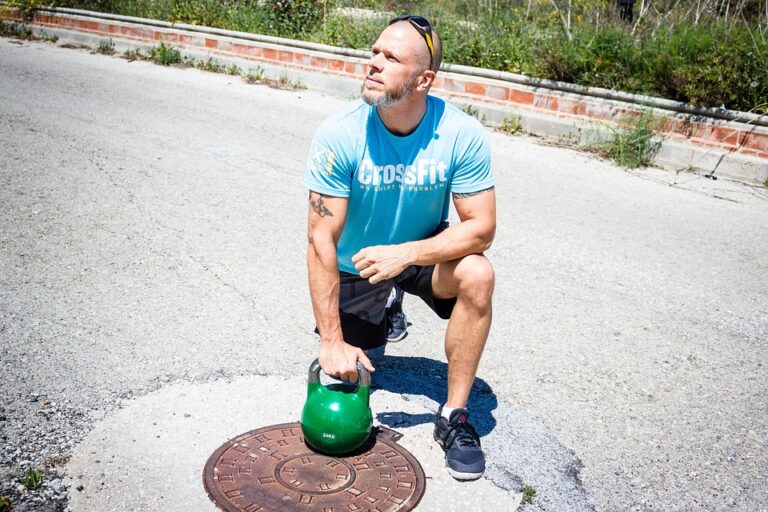
Understanding the Common Uses of Resistance Bands: A Comprehensive Guide for Fitness Enthusiasts
When it comes to versatility in the realm of fitness equipment, resistance bands undoubtedly take centre stage. These elastic wonders, often overlooked in favour of more traditional weights, are heralded for their ability to cater to a diverse range of exercises, making them an essential tool for anyone serious about their fitness journey. But why exactly should one consider incorporating these bands into their routine?
1. What Makes Resistance Bands So Unique?
Resistance bands come in various shapes, sizes, and levels of resistance, catering to everyone from novice gym-goers to seasoned athletes. The fundamental principle behind their effectiveness lies in the fact that they provide constant tension throughout the entire range of motion. Unlike free weights, which may have moments of reduced resistance, bands challenge your muscles consistently, fostering a unique engagement that can yield impressive results.
Moreover, their portability is unparalleled. A resistance band can easily fit into a gym bag or even a suitcase, allowing fitness enthusiasts to maintain their regimen whilst travelling. This raises an intriguing question: could the convenience of resistance bands revolutionise how we approach fitness in our increasingly mobile lives?
2. Strength Training: More Than Just Lifting Weights
Many people associate strength training solely with lifting heavy weights, but resistance bands open up a world of possibilities. They allow for a range of exercises that target specific muscle groups while also promoting functional strength. Think of exercises like banded squats or chest presses that mimic real-life movements and enhance overall athletic performance.
In a study published by the Journal of Strength and Conditioning Research, researchers found that participants who incorporated resistance bands into their training saw significant improvements in both strength and endurance compared to those who relied solely on free weights. This begs the question: are resistance bands the unsung heroes of strength training?
3. Rehabilitation and Injury Prevention: A Gentle Approach
Perhaps one of the most compelling aspects of resistance bands is their role in rehabilitation. Physiotherapists often recommend them for patients recovering from injuries due to their low-impact nature. The controlled resistance helps to rebuild strength without placing undue stress on vulnerable joints.
Furthermore, they serve as an excellent tool for injury prevention. By strengthening stabilising muscles and improving flexibility, resistance bands can help mitigate the risk of injuries commonly associated with sports and physical activities. It’s worth pondering whether the integration of these bands could lead to a significant reduction in sports-related injuries.
4. Versatility in Workouts: Endless Possibilities
The beauty of resistance bands lies in their versatility. From strength training to flexibility exercises, the options are virtually limitless. You can incorporate them into yoga, Pilates, or even high-intensity interval training (HIIT) sessions. The adaptability of bands means they can be used to modify or intensify workouts, catering to individual fitness levels and goals.
Many fitness professionals advocate for a balanced approach to workout routines, suggesting that the inclusion of resistance bands can enhance muscle activation and promote a more rounded fitness regime. This leads to a thought-provoking consideration: could a hybrid approach to fitness, combining traditional weights and resistance bands, yield superior results?
5. The Mental Aspect of Training with Bands
While the physical benefits are abundantly clear, the mental aspect of training with resistance bands should not be overlooked. The inherent challenge of mastering resistance band exercises can instil a sense of accomplishment, motivating individuals to push through stagnation in their fitness journeys. The act of overcoming resistance—both literal and metaphorical—can be empowering.
In essence, the experience of training with resistance bands is not merely about physical improvement; it’s also about cultivating resilience and mental fortitude. Could embracing such tools shift our mindset towards a more holistic view of fitness?
As we navigate the vast seas of fitness equipment, resistance bands emerge as a beacon of versatility, efficiency, and practicality. They not only cater to the needs of diverse fitness enthusiasts but also foster a deeper understanding of strength, rehabilitation, and mental resilience.
BargainsTrust continues to bring you a curated selection of quality goods, ensuring that your fitness journey is both rewarding and enjoyable. So, as you consider how to elevate your workouts, remember the humble resistance band—a small tool with the potential for immense impact.







